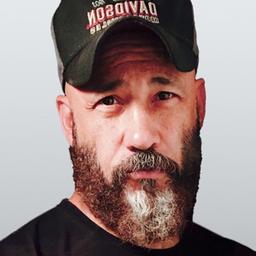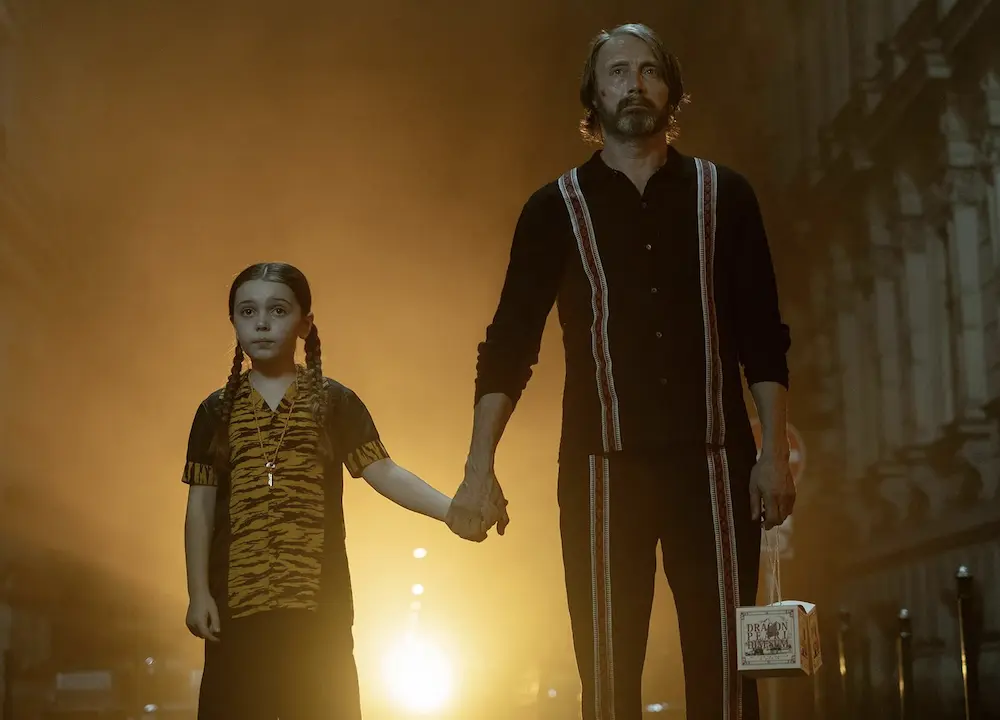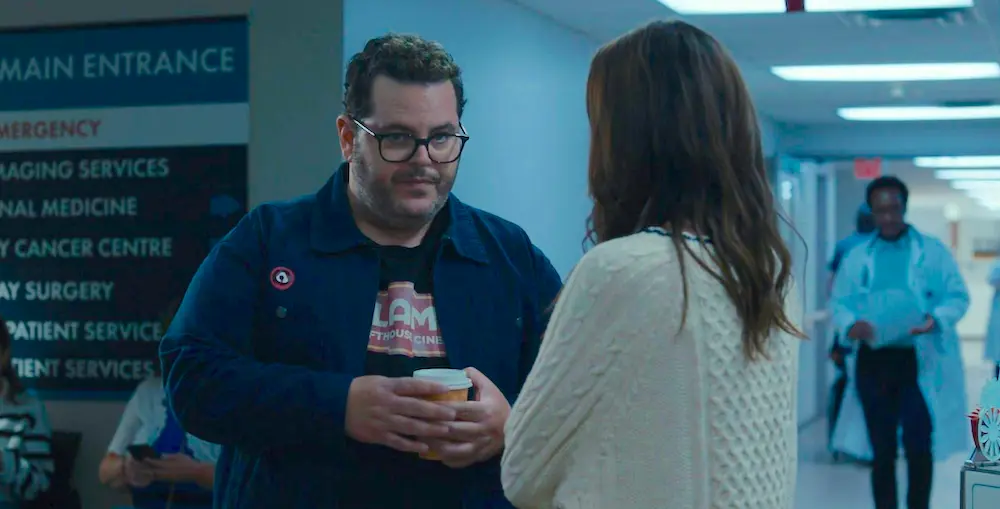NR | 1h 50m | Biopic, Drama, Dance | 2024
“The American” is a biopic based on the true story of American prima ballerina Joy Womack (which is why it was originally titled “Joika”), who has the rare distinction of being the first American ever accepted into the vaunted Russian Bolshoi Ballet Academy’s training pipeline.






